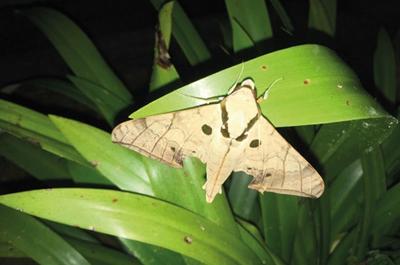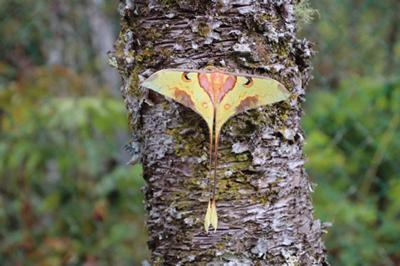South-East Asia is an area of great ecological importance and has been recognised as a biodiversity hotspot due to its large range of endemic species and the risk they currently face from habitat loss. As an example, 14% of forest cover in South-East Asia has been lost due to deforestation which has led to potential decreases in biodiversity. Montane species are at great risk of extinction as temperature rise increases and habitat decreases this leads to higher levels of competition between species which naturally inhabit a montane environment and those which shift their distribution ranges to combat the loss of habitat caused by deforestation and climate change.
Current research on the impacts of habitat degradation on tropical montane insects is limited and with an increasing number of papers highlighting the loss of global insect biodiversity in a range of ecosystems, it is crucial to determine what conservation management strategies are needed to help mitigate insect biodiversity loss in these biodiversity hotspots. Furthermore, these montane forests provide an important refuge for many vulnerable species as they are essential for maintaining connectivity between habitats and maintaining gene flow between habitat fragments in both highland and lowland areas.
This is especially important in the montane forests of Peninsular Malaysia where insect habitats have been hit hard by agricultural expansion. This has led to the rapid depletion of forested areas, increasing levels of habitat fragmentation and biodiversity loss. Despite this, there is little research that investigates the effects of this deforestation on insect communities.
Lepidoptera (Butterflies and Moths) play a crucial role as pollinators, providing an important ecosystem service in the habitats they reside within. Furthermore, they can act as bioindicators due to their vulnerability to changes in the environment coupled with their reliance on a host-plant species. This has contributed to them being used to predict changes in a variety of ecosystems since they are very widespread and fill a host of ecological niches. By investigating how habitat fragmentation and environmental changes effect communities of moths (See Fig. 1) we can determine how best to mitigate biodiversity loss in montane biodiversity in Peninsular Malaysia.
This project aims to combine molecular analysis and distribution modelling to assess the diversity of moths in Peninsular Malaysia. Investigating how gene flow, distribution and diversity of moth species varies across multiple forests sites of varying disturbance (See Fig. 2). Using this information, we aim to be able to inform conservation efforts in Peninsular Malaysia as well as help to mitigate biodiversity loss.
Images:
Left
: Fig.1, A Dark-based gliding Hawkmoth (
Ambulyx substrigilis
). Picture credit:
Conor Butler
.
Right
: Fig.2, A Malaysian moon moth (
Actias maenas
)
Picture credit: Conor Butler.
Supervisors:
Dr. Kelvin Peh
Dr. Malcolm Soh
Dr. Chong Leong Puan
PGR student
:
Mr Dominic Phillips
Funding provider:
INSPIRE DTP (NERC)
Funding dates:
September 2020 – March 2024

